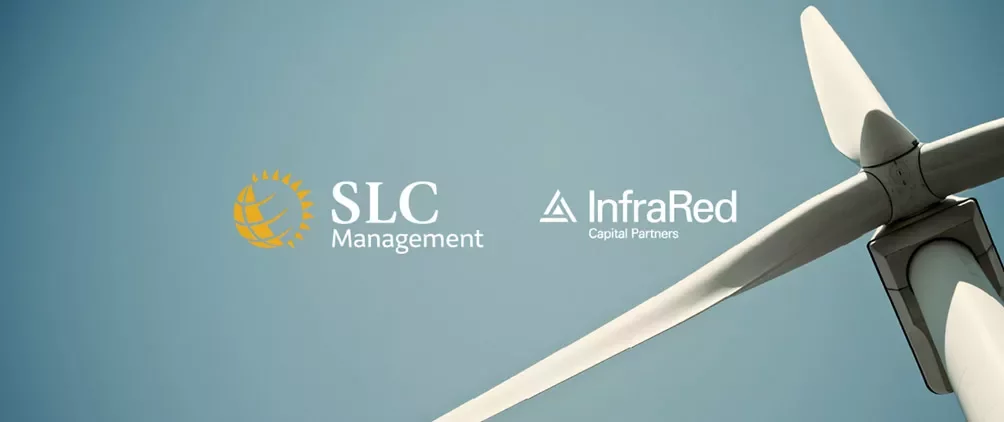SLC Management
SLC Management is a global institutional asset manager that offers institutional investors traditional, alternative, and yield-orientated investment solutions across public and private fixed income markets, as well as global real estate equity and debt. Our clients include life, P&C and health insurers and reinsurers, both domestic and international. We manage client portfolios along the duration spectrum and in multiple regulatory and tax regimes. Throughout our engagements, we gain a deep understanding of our clients’ specific situations and their evolving needs. As a global insurance asset management group, we work in tandem with our clients to deliver integrated solutions tailored to meet their objectives.
Barton R. Holl, CFA
Head of Insurance Strategy
Barton.holl@slcmanagement.com
T: 781.263.5363 | C: 617.485.6671
Brett J. Lousararian, CFA
Senior Managing Director, Head of Global Insurance Group
Brett.Lousararian@slcmanagement.com
781.263.5363
96 Worcester St
Wellesley, MA 02481





